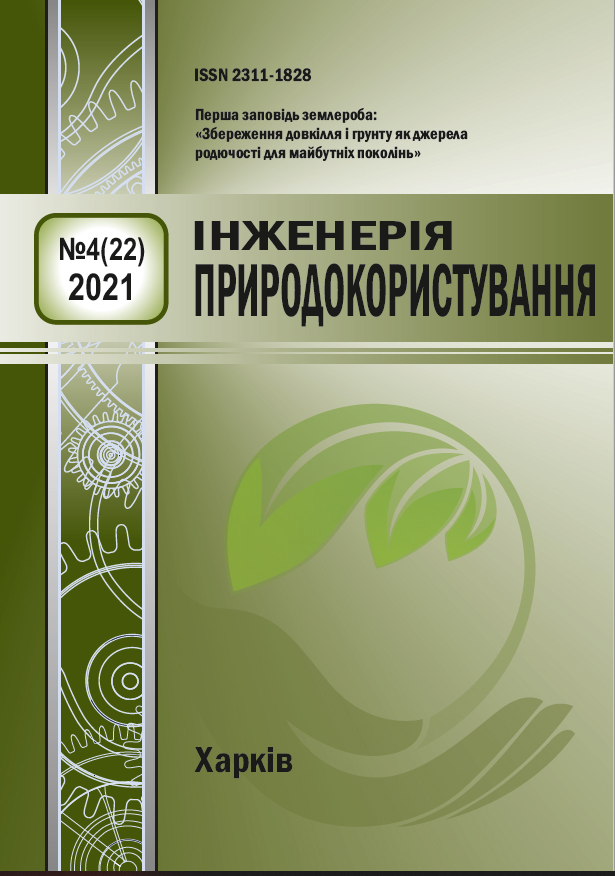Substantiation of the sorption activity of dump blast furnace slag
Abstract
The purpose of this work is to substantiate the sorption activity of dump blast furnace slags. To achieve the goal the mineralogical, elemental and radionuclide composition of dump blast furnace slags from Ukrainian enterprises has been determined. Modern research methods were used: minerals were de-termined using X-ray phase analysis on a Siemens D500 powder diffractometer with subsequent calculation of X-ray diffraction patterns by the Rietveld method; the chemical elemental composition of the slags was determined using the method of electron probe microanalysis on a scanning electron microscope JSM-6390 LV; the gamma-spectrometric analysis of the slag was performed using a SEG-001 "AKP-S" scintillation gamma-spectrometer. The main mineral phases of slags are pseudowollastonite, rankinite, okermanite, bredigite, and helenite. Mineral phases (pseudowollastonite, bredigite and okermanite), which have hydraulic activity, have been identified. Increased hydraulic activity as a kind of chemical reactivity is associated with sorption activity. Therefore, with an increased total content of hydraulically active minerals, these slags can be used as sorbents. It is shown that, according to elemental analysis, the slags are non-toxic. The presence of certain elements ( , , , і ) that are not part of the minerals indicates the implementation of other mechanisms of binding of elements in addition to entering the crystals of minerals, namely the presence of an amorphous substance or adsorption of elements by slag particles. This is confirmed by a highly developed surface with a large amount of fragmentary material, micron size of lamellar or needle-shaped particles, what defines a large number of vacancy dislocations. The radiation safety of the investigated slag fractions has been substantiated. The presence of , and radionuclides in the slags was established. The specific activities of natural radionuclides have been experimentally determined and the effective specific activities of granulometric slag fractions have been calculated. The main contribution to the value is made by the radionuclide, then by . of blast furnace slag is lower than the standard value of 370 Bq/kg for the first hazard class, which determines the absence of restrictions on the use of waste as technical materials, including sorbents, has been proved.

